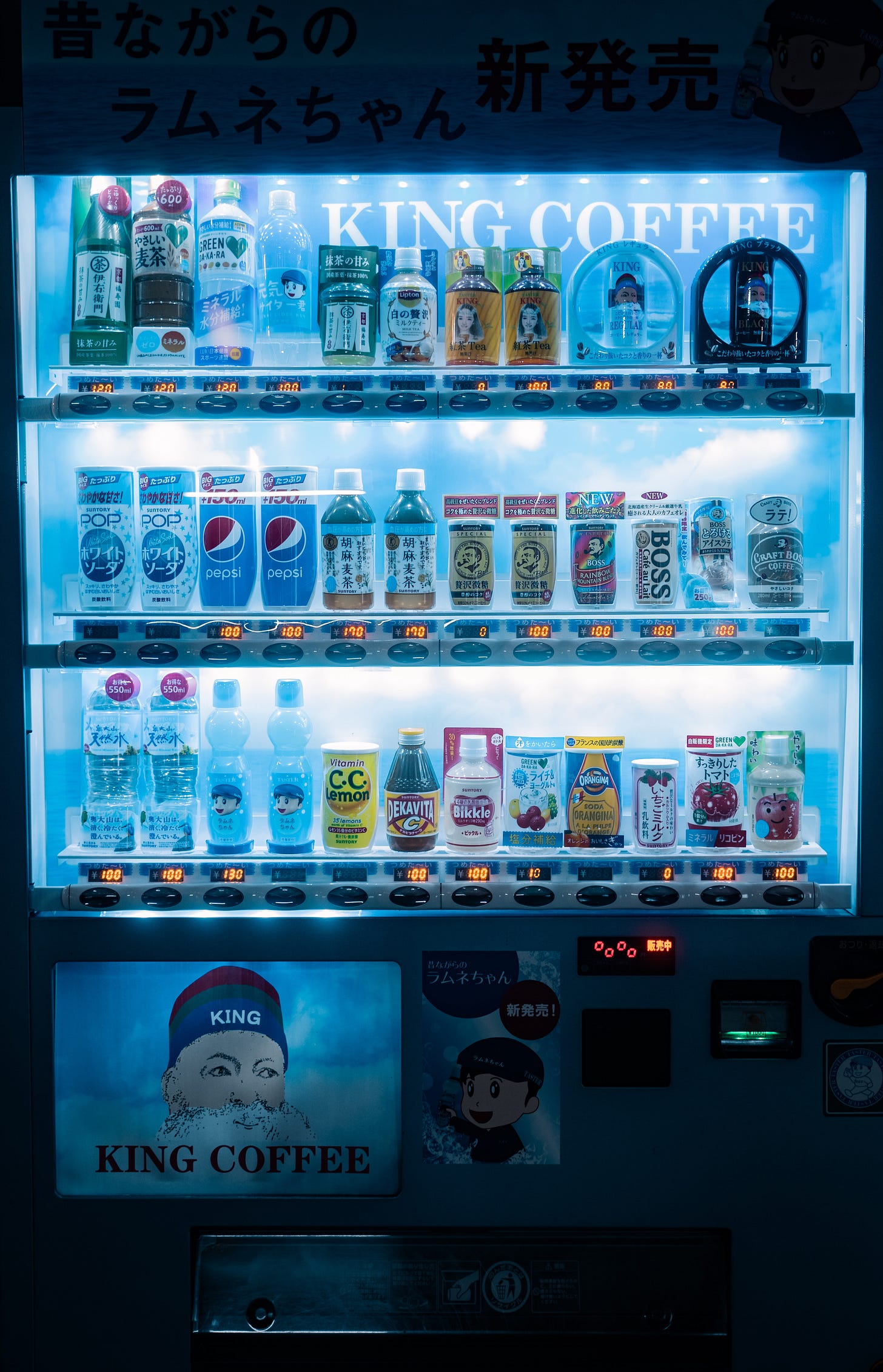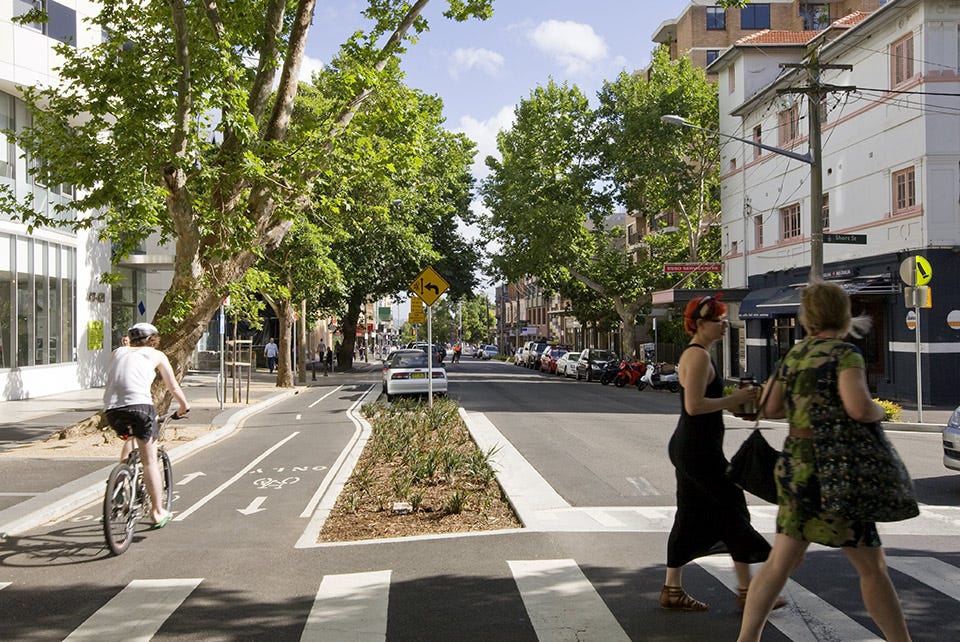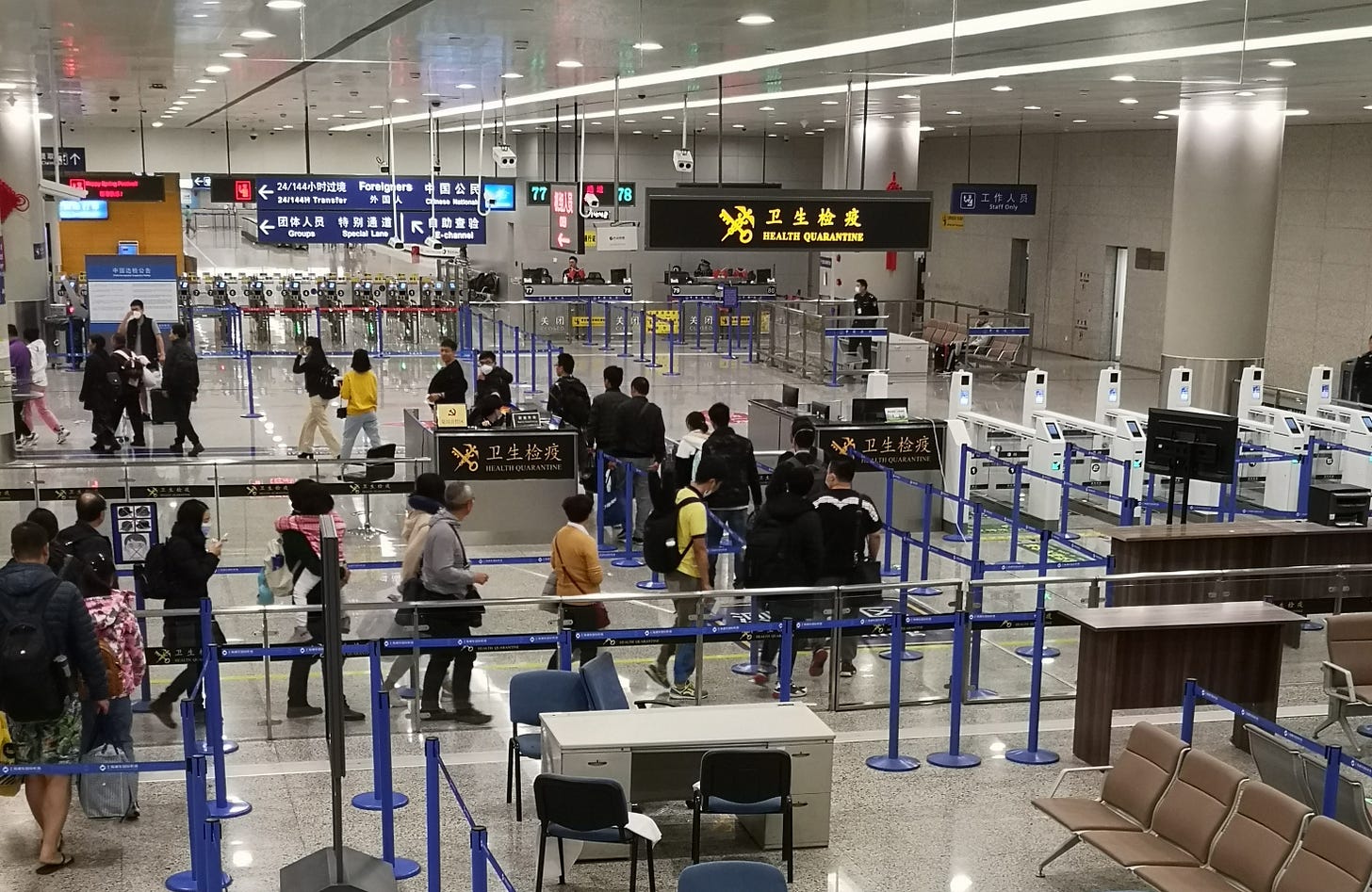Fainting-Couch Urbanism and the Architecture of Fear
No, we don't need to "rethink cities" to counteract terrorism.
This article was originally published in The Urban Developer in August 2017.
In the wake of recent terrorist attacks, the talking heads of architecture have once again begun hand-wringing about rethinking cities and buildings to counteract terrorism. Writing in The Conversation, Professor of Architecture Thomas Fisher called for us to "assemble in new ways, aided by digital technology, so we can do so with peace of mind”. He argues that while “centralised, hierarchical systems may appear stronger, with more power and efficiency on their side” that this inherently "makes them – and all of us commuting to workplaces like this every day – more vulnerable”.
Another author claimed they no longer attended large events, writing that it is now "truly difficult to enjoy yourself, knowing that organised violence could strike at any moment". The author wasn't tearfully scratching out his last words from a foxhole in Afghanistan, these were dispatches from Melbourne, the world's most liveable city.
If this all sounds a bit overblown, that's because it is.
While the attacks are shocking, statistically they’re a drop in the bucket
In the first five months of 2017 there were 534 attacks, resulting in 3633 fatalities globally. The horror of these events consumes our attention while the media fans the flames. After all, if it bleeds, it leads.
But if we take a step back and view terrorism as one of many causes of death, as a threat to our lives it barely registers as a cause for concern.
The list of ways to die in the West that don't involve terrorism is long and mundane. Causes of death that hit more impressive numbers include stairs, bees and vending machines, but we don’t see nervously-written articles about how architects need to bee-proof our cities. It's true that a vending machine won't decapitate you for the Caliphate, but if your stomach doesn't tighten every time you buy a Twix, then you might as well buy those concert tickets.
We’ve got bigger fish to fry
According to the World Health Organisation, over 3,400 die on the world’s roads every day and tens of millions are injured or disabled every year. In America alone, the road death toll is the equivalent of a plane full of people crashing, killing everyone on board, every single day. Even in Israel, where political violence is the norm, the weekly number of deaths never comes close to the number of traffic fatalities.
Easily influenced factors like speed and separated cycle infrastructure have a direct impact on road fatalities and can measurably improve our lives. Reducing these numbers is well within our grasp as most traffic deaths, especially the easily preventable pedestrian deaths, occur on a small proportion of arterial streets.
If you’re looking for a worthy cause for designers, this is one of many areas where we can actually make a difference.
Actual safety has to come before the perception of safety
The difference between terrorism deaths and traffic fatalities is irrelevant for designers, unless the goal is perceived safety over actual safety. We don’t just design to make people feel safer, we’re trying to achieve real improvements in harm reduction. Identifying terrorism as a driver for design over far more important needs is an absurd misallocation of resources.
Regulations only protect us from the terrorism of yesterday, not tomorrow
As recent incidents have shown, terrorists that can’t get a hold of a gun can drive a truck into a crowd. Failing that, they can use knives. What then? Should we eat with plastic cutlery? Should we wrap ourselves in bubble wrap before we’ll risk a concert? To the topic at hand, will we as designers blight our public spaces and buildings with monuments to our cowardice?
Put simply, you don’t have to be a mastermind to be a terrorist. This is why terrorism is so effective - it’s easy and requires no imagination. There is nothing policy wonks and designers can do to keep ahead of that. We can only sluggishly (over)react to what we've already experienced, meaning we’ll always be a step behind.
Broad, ham-fisted attempts to insulate ourselves against these pinpricks only make us poorer and less productive. Al-Qaeda didn’t stop hijacking planes because airport security suddenly became impenetrable, but because post-9/11 passengers are now viscerally aware of what's at stake. Meanwhile, we continue to spend untold millions on impotent airport security, with no signs of slowing down. This is the only way terrorism can actually harm an empire - death by a thousand cuts.
The line must be drawn somewhere
We need to see terrorism as a kind of sacrifice for the lives of abundance we enjoy. The road toll is in a sense, the price we are prepared to pay for the freedom and prosperity that fast-moving vehicles give us. This is not to say there is no use in fighting terrorism, only that this is the responsibility of the national security apparatus. What measures we take as designers must recognise our limits in mitigating vulnerability, or we risk suffocating ourselves for the sake of showing how much we care.
The response to terrorism must be political, not architectural. Our job is to Keep Calm and Carry On.








